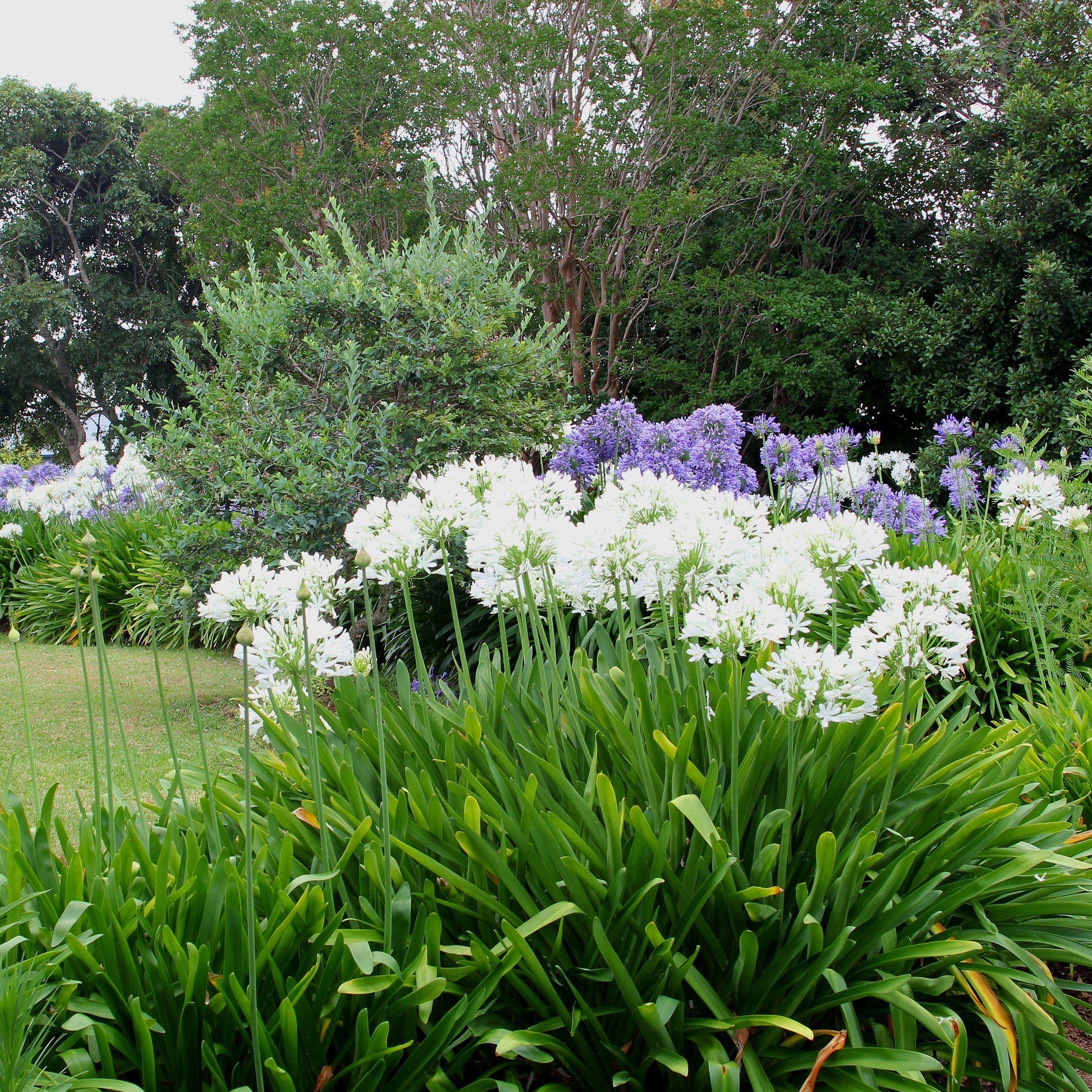Mastering the Art of Agapanthus Care: Necessary Steps for Healthy Growth and Vibrant Blooms
In the world of gardening, the farming of agapanthus stands as a fulfilling undertaking for those that seek to support these elegant flowering plants. With their striking blossoms and stylish foliage, agapanthus has recorded the attention of gardeners worldwide. Nonetheless, achieving optimal development and vivid blooms requires a nuanced approach that includes various important steps. From choosing the appropriate variety to mastering trimming methods, the journey towards cultivating thriving agapanthus plants is diverse and holds the vital to unlocking the full potential of these herb gems.

Selecting the Right Agapanthus Selection

When choosing the appropriate Agapanthus selection for your yard, take into consideration aspects such as environment viability, bloom shade, and growth routine. In addition, take into consideration the environment in your region to make certain the Agapanthus variety you select can grow in your certain problems. Comprehending the development routine of various Agapanthus varieties is crucial for appropriate placement within your garden.
Perfect Planting Conditions
Considering the optimal environmental demands is vital for effective Agapanthus growing. Agapanthus plants are sensitive to cold temperature levels and need to be secured from frost during winter season months.
To make certain healthy and balanced growth and lively blooms, plant Agapanthus bulbs at a depth of about 2-4 inches and area them 8-12 inches apart. Including raw material, such as garden compost, to the soil can enhance water drainage and fertility, advertising durable origin development. Mulching around the base of the plants helps maintain dampness and reduces weed development. Regular watering is essential, particularly during the expanding period, to maintain the soil constantly damp but not soaked.
Watering and Feeding Tips
Preserving correct wetness levels and supplying vital nutrients are vital elements in the care program for Agapanthus plants. When it comes to watering Agapanthus, it is important to strike a balance. These plants like regularly wet dirt yet are vulnerable to root rot if overwatered.
Fertilizing Agapanthus is crucial for promoting healthy growth and prolific flowers. Use a balanced plant food, such as a 10-10-10 formula, in the very early springtime as brand-new growth arises. Repeat this application every 6-8 weeks throughout the expanding period. Stay clear of excessive fertilizing, as it can lead to lavish vegetation at the cost of blossoms. Constantly follow the manufacturer's guidelines for correct dilution and application methods. By following these watering and fertilizing pointers, you can ensure your Agapanthus plants grow and create vivid, lasting blossoms.
Pruning Techniques for Agapanthus
Trimming Agapanthus plants at the proper times and with appropriate strategies is important for preserving their health and wellness and promoting ideal development and blooming. The optimal time to prune Agapanthus is in late wintertime or early spring prior to brand-new growth emerges. Start by getting rid of investigate this site any kind of dead or yellowing leaves near the base of the plant. Cut them as close to the ground as feasible without damaging the arising shoots.
For flowered stems, wait up until the blossoms have withered and then cut them back to the base. This not only cleans the plant's appearance however also encourages the growth of new blossom buds. Deadheading invested blossoms can likewise reroute the plant's energy right into generating even more blooms instead of setting seeds. Nonetheless, if you want to accumulate seeds for proliferation, leave some flowers to dry and mature on the plant.
Remember to make use of clean, sharp devices to make exact cuts and minimize the threat of presenting illness. Agapanthus. Regular find more information trimming will certainly help keep your Agapanthus looking healthy and balanced and cool while ensuring an abundant screen of attractive blossoms
Handling Typical Bugs and Diseases
After making certain correct trimming techniques for Agapanthus, it is important to resolve usual parasites and conditions that can impact the health and wellness and vitality of these plants. Agapanthus plants are typically sturdy yet can still succumb particular problems. One typical pest that impacts Agapanthus is the Agapanthus gall midget. This tiny, orange fly lays its eggs in the foliage, resulting in distorted growth and flower buds that stop working to open up. To combat this pest, trim and destroy any kind of affected plant components and think about using insecticidal soap.
Another usual problem is fungal fallen leave area, which offers as dark sores on the fallen leaves. To protect against fungal illness, make certain excellent air circulation around the plants, avoid above watering, and eliminate any contaminated leaves immediately. In addition, Agapanthus plants can struggle with origin rot if they are planted in inadequately draining dirt. To stop this, plant Agapanthus in well-draining dirt and prevent overwatering. By being alert and taking timely activity versus diseases and pests, you can assist your Agapanthus plants thrive and produce vivid blossoms.

Final Thought
In final thought, understanding the art of agapanthus care includes picking the ideal selection, supplying perfect planting problems, correct watering and fertilizing, appropriate pruning methods, and attending to common bugs and illness. By complying with these crucial actions, you can make certain healthy and balanced growth and vivid blooms for your agapanthus plants. Bear in mind to on a regular basis keep track of and keep your plants to advertise their general wellness and longevity.
To guarantee healthy growth and dynamic flowers, plant Agapanthus light bulbs at a depth of about 2-4 inches and area them 8-12 inches apart. By complying with these watering and fertilizing tips, you can guarantee check out here your Agapanthus plants prosper and create vivid, resilient blooms.
One typical pest that impacts Agapanthus is the Agapanthus gall midge. In addition, Agapanthus plants can experience from root rot if they are grown in poorly draining pipes soil. By complying with these vital steps, you can ensure healthy development and vivid flowers for your agapanthus plants.